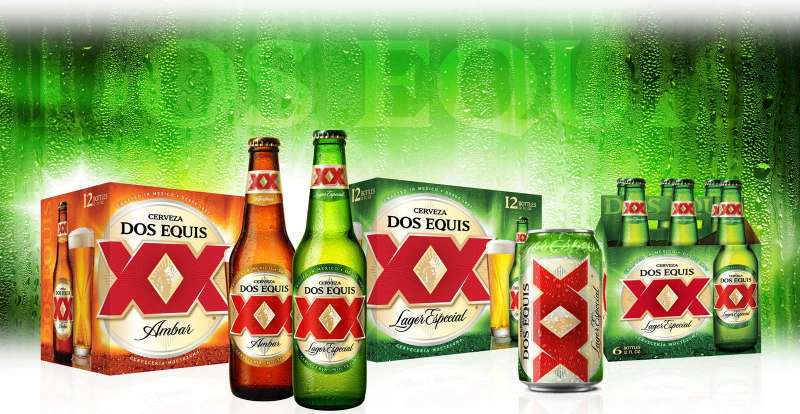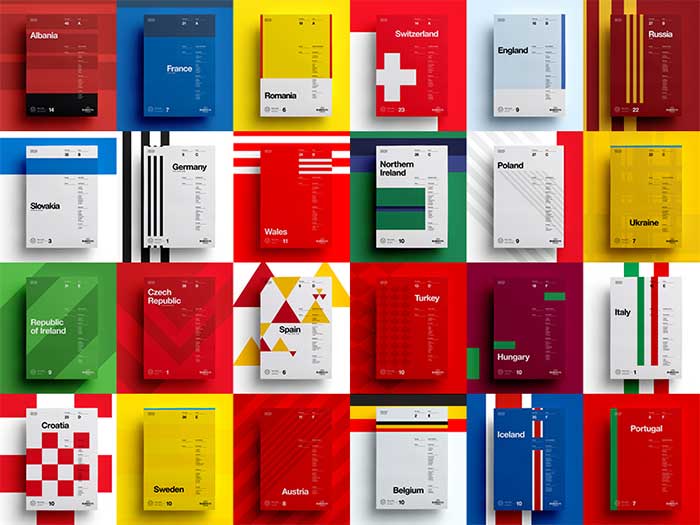Retro Logo Design Dos and Don’ts for Graphic Designers
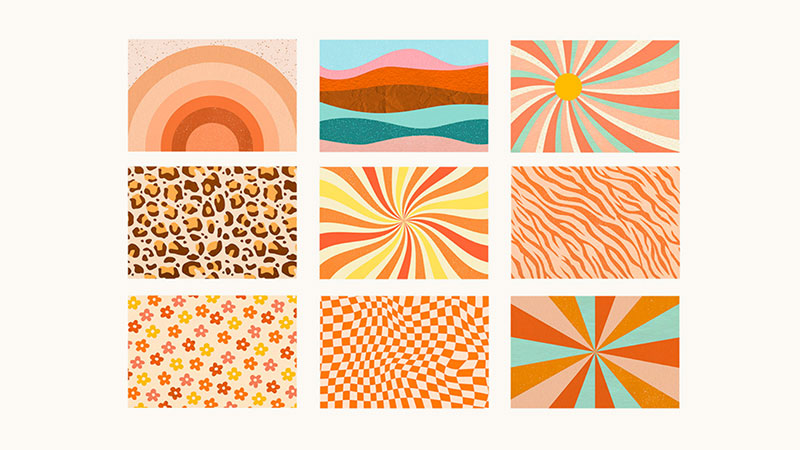
Imagine stepping into a time machine, dial set to the golden eras of design. Retro logo design isn’t just about looking back; it’s about reawakening a time-stamped vibe that resonates across generations. This isn’t mere nostalgia; it’s about crafting a bridge between the classic allure and the modern aesthetic, compelling enough to captivate today’s audience.
You’re here because effective branding isn’t a thing of the past—it’s your ticket to standing out in a saturated digital landscape. And with retro logos, you hit that sweet spot of familiarity and originality that makes a brand unforgettable. Dive into this article, and you’ll unwrap the secrets of creating a logo that’s not just a visual, but an experience.
From choosing the perfect vintage color palettes to infusing your creation with timeless logo concepts, by the end we’ll have navigated through historical logo significance and even touched on design resources that’ll help you master the retro craft. Get ready to revolutionize your brand identity with a retro twist that’s as fresh as it is classic.
So, use this article as your guidepost to learn how to make a retro logo design. We are sharing our top 5 dos and don’ts (each) for quick understanding.
DOS To Remember When Designing A Retro Logo
PICK A DECADE
The 1900s have been a period of great fertility in the graphic design world. From simpler typographical pieces to elaborate emblems, graphic design of the early 20th century went through huge changes.
To ensure your retro logo is rooted in authenticity, choosing a specific style (hence a specific decade) is essential. For example, the early 1900s work is faded paper, embellished type, and lots of lines. In the 1940s, things suddenly became brighter and more confident. Shiny colors, simpler type, and heavy on the drawings.
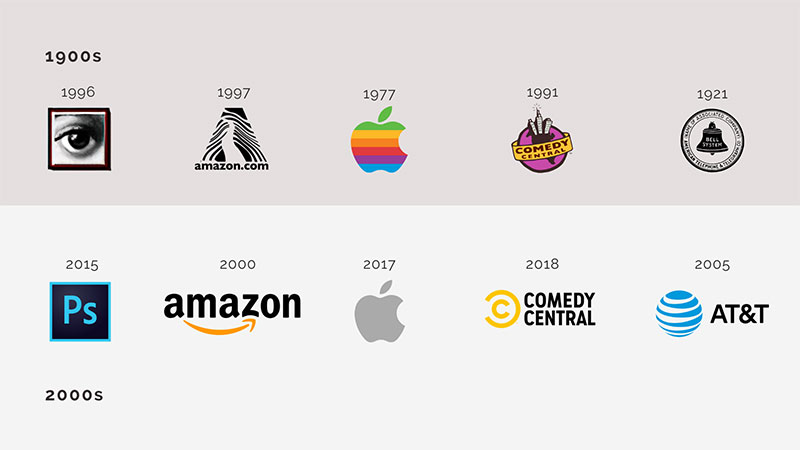
While you can mix and match elements of one decade with the next, the most original piece would be founded upon accuracy. Staying true to a decade will help you create a more representative and conscious work.
THINK OF BANNERS AND BADGES
Borders and shapes are important elements of vintage logos. There are hardly any retro designs without some kind of container holding them in.
Think of any automobile logo that was launched in 1900-1920: Ford, Mercedes, and BMW. Each of these brands sports a shield logo with the brand name encased within the shape.
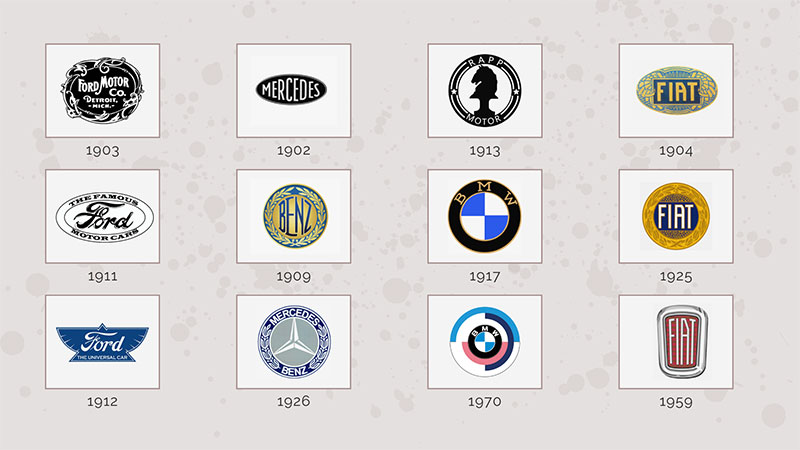
If you want to emulate the early 1900s graphic design, go with banners, badges, and borders.
ADD TEXTURE
Retro logos always have a textured, messier look. Due to the limited technology available then, the lines of these earlier logo designs are less precise, giving the shape a highly organic feel. If you’re looking for eye-catching packaging design ideas, going retro is sure to be a hit. This trend harkens back to a simpler time when brands were less about slick marketing campaigns and more about quality products. By using a retro logo, brands can create an instant sense of nostalgia and connection with consumers.

Source: Behance/Nastia Smiyan
To remain true to your vintage logo inspirations, think of creative ways to add texture to your logo. Specks of ink, a layer of grunge, and classic color bleeding are a few types of textures you can add to make your retro logo look more distressed and authentic.
KEEP THE TYPOGRAPHY ELABORATE
Retro logos love the drama of elaborate typography. I’m talking about fonts in every corner of the logo, multiple pairings, and intense swirls. And all of it achieved on the strong foundations of Serifs. Because of the heavy presence they exude, Serif fonts are the choicest typefaces of these logos. This strong association is one of the reasons why designers hesitate to use Serif fonts for digital design work.
But for classic logos, serif fonts are the best. Explore your love for these font styles to recreate the magic of vintage work.
MIND THE CLUTTER
As you are adding banners and using theatrics of typography to decorate your retro logo, it’s easy to lose the goal of creating a logo.
This goal is to create a memorable business icon that’s easy to comprehend and recall.
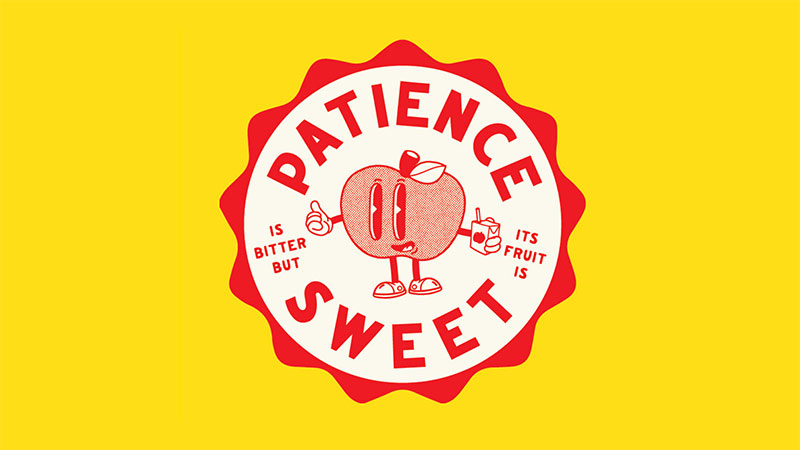
Source: Behance/ James Belkevitz
Keep that goal in mind as you try to strike the balance between remaining true to the style and the needs of the commercial logo.
DON’TS To Remember When Designing A Retro Logo
DON’T FORGET THE INDUSTRY
While the vintage design era has a unique tone that transcends industries and markets, there are a few elements that are specific to different industries that you must never forget.
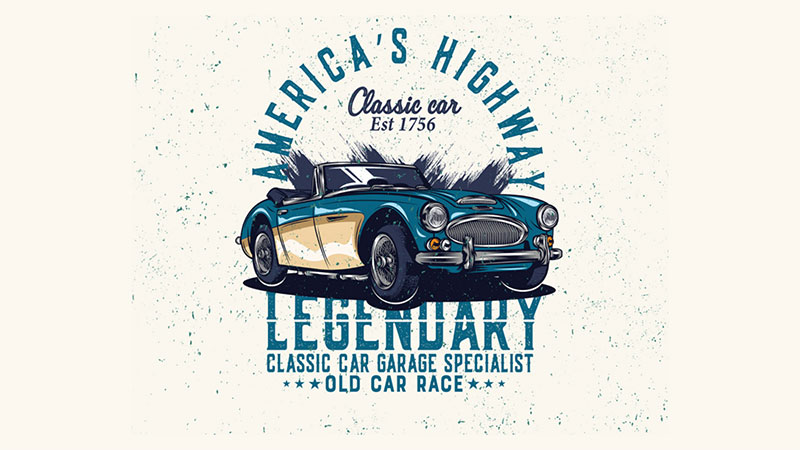
Source: Behance/ Khalid _art20
For example, if you are creating a retro logo for a car repair shop, a grunge look with a bannered shield is a great choice. But for a vintage restaurant logo, your design needs to be more polished, and adding some cheerful color cannot go wrong.
DON’T COMPROMISE CLARITY
Do not sacrifice the clarity of your logo on the altar of complex illustrations. Your audience is still modern and expects a certain level of easy comprehension of your artwork. Plus, making the design too complicated is a disservice to the brand as well.
Therefore, balance is the key.
DON’T MAKE THE COLORS TOO SHINY
Technically, a retro design can be shiny because, hey, 1957 also belongs to the vintage period. But in popular understanding, when we say vintage or retro, we are usually thinking about black and white movies, and the early 1930s-40s at the max.
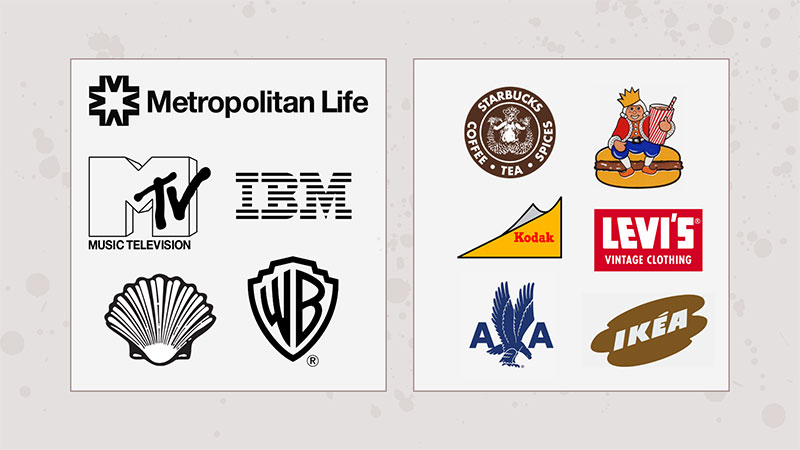
Colors during that age were more charming and pastel than bold and bright.
To make things even clearer and accurate, talk to your clients about which era they are most leaning towards and educate them on the most prevalent design of that era.
DON’T HOLD BACK ON ELEMENTS
I’ve seen too many retro logos that can only be called retro-ish. Sure, you have to think about clarity and must not sacrifice it ever. But when you just add a banner to your logo and call the whole thing vintage, I have to call you out.
When creating a retro logo, do not be afraid of the elements. Swirls, lines, hooks, drops, tools, and arrows are all popular features of vintage design. Their strategic use in your brand identity work will not only enhance the brand position but make the design more realistic, too.
DON’T SIMPLIFY IT
Remember, a retro logo tells a detailed story. Before digital technology took over graphic design, businesses didn’t have a lot of ways to tell their patrons about themselves. The logo did the heavy work – that’s why the details.
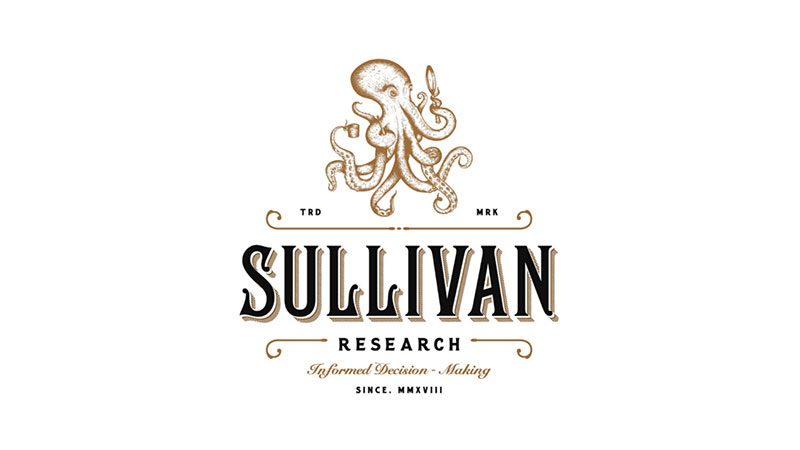
Source: Behance/Jesmin Akter
To bring your vintage recreation as close to the source as possible, make sure to avoid simplifying the design and try to tell a rich story through your work.
FAQ on Retro Logo Design
What makes a logo ‘retro’?
Retro is like a curated blast from the past, you know? It pulls from design trends that defined an earlier era—think groovy ’60s or neon-soaked ’80s. It’s about recapturing the spirit of those times through typography, symbols, and colors. It’s heritage meeting modern, creating something timeless.
How do I choose the right colors for a retro logo?
Color, my friend, is everything. Vintage color palettes are your go-to; they encompass those muted, earthy tones or the bold, vibrant hues that scream retro. Dive into period-specific shades—mustard yellows, avocado greens, or perhaps psychedelic oranges—to bring that nostalgic vibe to life.
Can modern businesses use retro logos effectively?
Absolutely. Modern businesses rock retro logos because they evoke authenticity. That old-school feel can bridge the gap, connecting historical charm with contemporary edge. It’s about storytelling, instilling trust, and standing out, all while keeping it relevant for today’s crowd.
What kind of fonts are considered retro?
Think fonts with personality; they’ve got to scream character. Retro typography could mean blocky letterpress styles or sleek Art Deco strokes. It’s about fonts that transport you—swirly cursive for that ’50s diner vibe or space-age typefaces hinting at the atomic age.
What should I avoid when designing a retro logo?
Avoid going overboard. It’s easy to throw in everything but the kitchen sink and call it ‘retro’. Keep it classy—the right balance of nostalgic branding elements without making it look like a costume. A timeless design should feel authentic, not like it’s trying too hard.
How can I make sure my retro logo doesn’t look outdated?
Here’s the thing: retro’s not about outdated; it’s about classic. It’s revamped classic logos meeting crisp modernity. To keep it from looking stale, fuse contemporary trends with those retro kicks—a minimalist approach or present-day branding strategies can help keep your logo feeling fresh, yet rooted.
What industries best suit a retro logo design?
Oh, it’s a versatile look. Think diners, breweries, barbershops, or fashion brands looking to channel that vintage cool. Industries where tradition and heritage are the bread and butter or where a dash of historical logo significance spells character, that’s where retro thrives.
How do I incorporate my brand’s story into a retro logo design?
Your brand’s story is what sets it apart, right? Highlight key historical points, like founding years, location, or landmark events. Use symbols and icons meaningful to your brand’s journey. Let every line, curve, and color in your logo be a piece of the narrative.
What are the best tools for creating a retro logo?
For crafting these beauties, rely on the heavyweights—Adobe Illustrator or Photoshop come to mind first. They’ve got those retro logo maker apps and features like Photoshop Retro Effects that can add vintage textures and styles. Don’t overlook the niche tools that specialize in retro effects, too.
How does a retro logo design influence customer perception?
It’s like this—retro equals trust and a sense of establishment. For customers, it’s a warm, familiar hug. It tells them you value longevity, quality, and style. Plus, a thoughtfully designed retro logo often translates to a story-driven brand that people feel connected to and want to be part of.
Lastly, Don’t Forget To Have Fun!
Wrapping this up, think of retro logo design as the art of time travel with a creative twist. It’s blending the warmth of yesteryear with today’s zing to stitch together something epic. We’ve rummaged through the treasure chest of vintage insignias and popped the lid off the secrets to nostalgic branding.
Alright, your takeaway:
- Those classic logo creation tips are gold. Keep ’em close.
- The right retro typography? It’s like the secret sauce. Drizzle it; don’t drown it.
- Remember, timeless logo concepts are your ace. Play it right.
If this feels like learning to juggle with three flaming torches, hey, that’s okay. It’s part of the fun, right? Keep fanning the flames of creativity, and watch as that retro brand identity sets your work ablaze – in the coolest vintage kinda way, of course. Go ahead, make it memorable, make it retro.
- Luxury Fonts: What Font Does Dior Use? - 17 May 2024
- The Dos Equis Logo History, Colors, Font, And Meaning - 16 May 2024
- Purple Color Palettes Fit for Royalty - 16 May 2024



